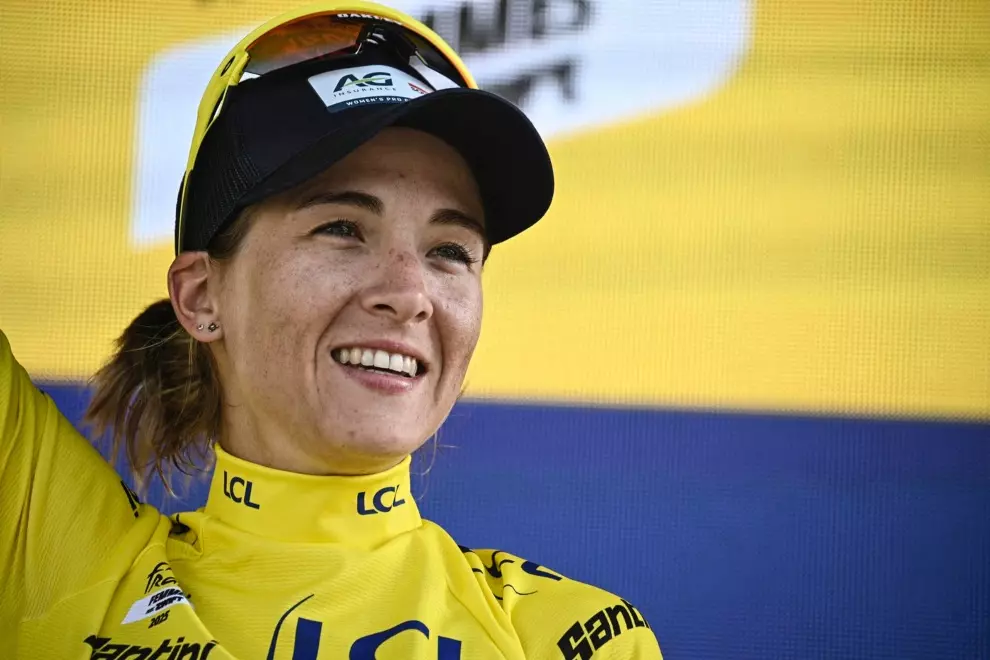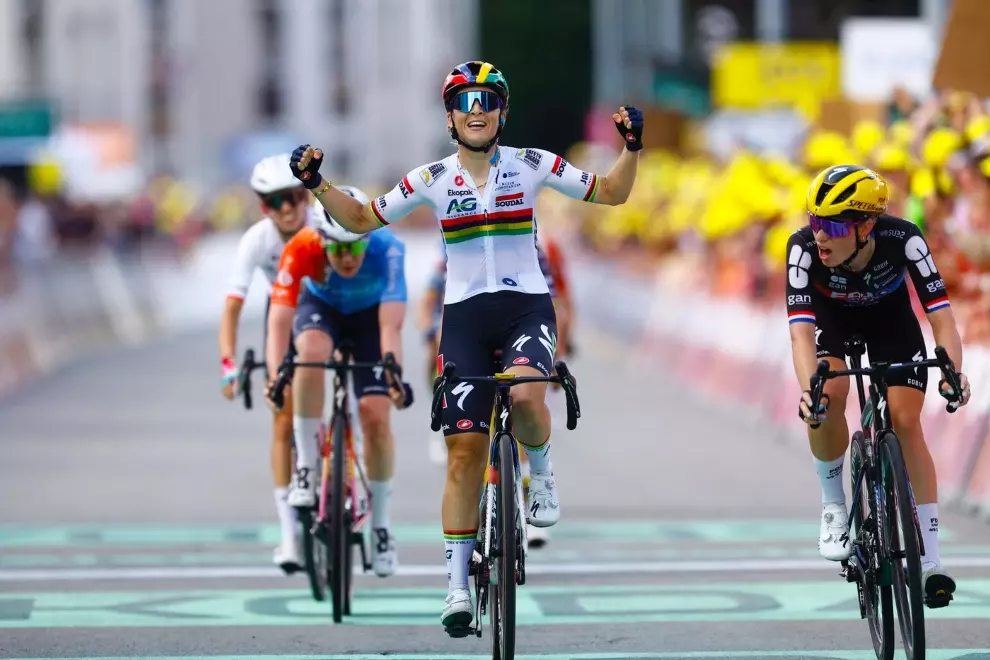His team looks after the cars at all Škoda events, ranging from the IIHF Ice Hockey World Championship and motor shows to cycling events like the Tour de France and the Vuelta. They call themselves the Car Boys, a crew that can do the seemingly impossible: changing the livery of a fleet of more than one-hundred cars within a few days, or catching up to repair a badly damaged car overnight, a task that would employ an average garage for a week.
What does it take to prepare all the Škoda cars and make them ready for the Vuelta? To answer that question, we must go back in time, since preparations begin right after the Tour de France is over. The fleet of director Enyaq cars is summoned to Mlada Boleslav, the hometown of Škoda, where the Car Boys crew, in cooperation with the organising agency Unipublic, choose the cars that will go to the Vuelta.

Mechanics then pore over each car meticulously, keeping an eye on every detail, never missing even the tiniest screw. Time is running fast of course, reminding everyone that the Vuelta is getting nearer, though the Cars Boysnever slacken in their effort to change every worn part for a new one.
The velvet red cars get priority, but close behind them, the service team pays attention to each of the rest. Despite the time pressures, the maintenance runs both thoroughly and conscientiously. In only three weeks, the mechanics need to recover every car from their previous shift on the French Tour.
In a spacious hall, we can see the the Leading Škoda Enyaq, which served Frenchman Christian Prudhomme well, and soon will host Vuelta boss Javier Guillén. Another red Enyaq is being prepared for the race’s chief commissaire, while a third will travel with the peloton as a show car for Škoda’s static presentation. Then, there are a dozen Škoda Superb iVs wearing velvet red coats, followed by other cars in the fleet. “We are restoring 97 cars all together for the next event. Some of them require only simple maintenance, yet others ask for more,” Kučera says.
How much wear and tear did nearly 3,500 kilometres in three weeks put on each car following cyclists stage by stage? According to Kučera, the rate of damage suffered during the Tour de France or the Vuelta depends mostly on theweather. “When it pours, the number of accidents increases,” he says, adding that this year’s Tour was one of the luckier years. As usual, several oil pans, bumpers and side mirrors were damaged or destroyed, yet the worst harm was suffered by one of the French teams, whose six cars were caught in a storm with hailstones the size of golf balls. “It took us two days to get six new Enyaq windscreens to replace the broken ones,” Kučera says.

“Our team leaves nothing to chance. All the cars must be 100% throughout the race because they drive within reach of cyclists and spectators. There’s no space for a mistake, so we can’t allow the comfort of overlooking any technical malfunction. Instead of questioning any part, we replace it instantly. Even the smallest dent in the windscreen makes us remove the original part and replace it with a new one,” Kučera says.
When the cars are ready, they are loaded onto trucks and sent on an 1,800-km journey. While the Leading Cars travel on a covered trailer, the others are shipped on an open truck six to eight at a time. This way, the risk of something happening to them along the way is eliminated. In Spain, the cars undergo a final inspection, and their radios get tuned so every channel works correctly.
A few days before the first stage, the team travels around all the tracks, checking the state of the charging station network. “The coverage is improving year by year, but in the past, it happened a few times that we arrived, and there was just a cable sticking out of the ground or a burnt-out charger,” Kučera says, adding that even in the most remote villages, they have always managed to find a place where the cars can be connected.
The team doesn’t stop day and night for more than three weeks of racing. During the event, the mechanics can do almost anything, receiving cars with crushed bumpers in the evening and returning them unscratched in the early morning. What’s his worst nightmare for them? That someone will drive an uncharged car. Or that someone on the team won’t recharge the batteries that power the internal systems, including the radio and sunroof.
“And when it’s all over? I’ll breathe a sigh of relief for a moment, but then I’ll immediately switch to the next event. There are always many things done but more to do,” Kučera says.





